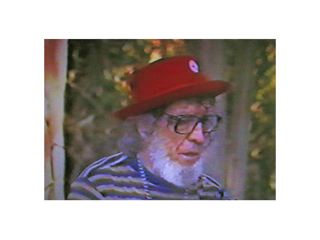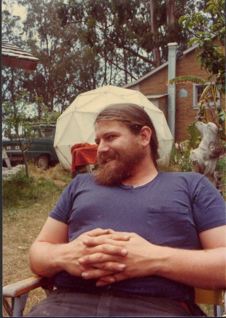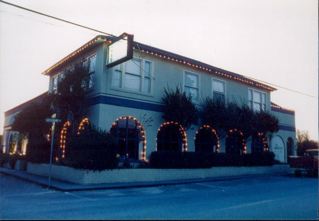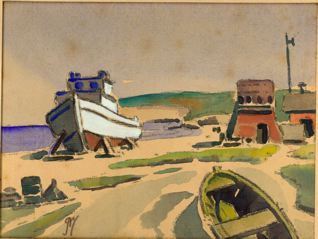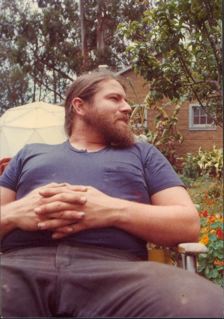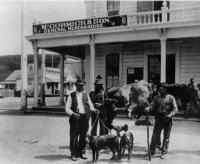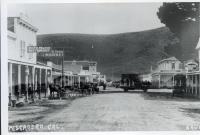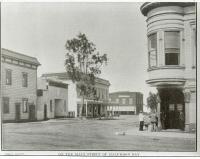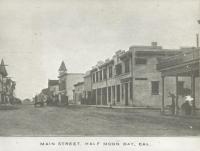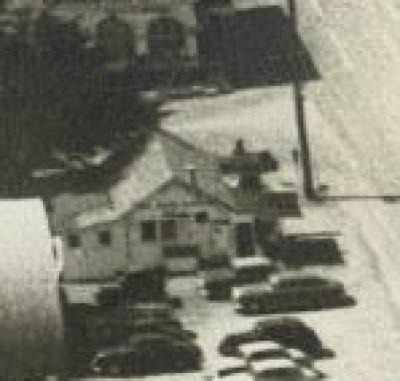During 1980-81, I worked on a t.v. documentary, called âThe Mystery of Half Moon Bayâ?.
Clay Fountain, whose comments follow, had campaigned for the 1976 California Coastal Act and had been the El Granada postmaster. Yesâhe was eccentric– today some would say radicalâbut he was also very kind. I remember one time he called me after the post office had closedâhe told me a special package had arrived (it was my birthday) and he waited for me to come and pick it up.
Clay Fountain is no longer with us. A Half Moon Bay friend brought me along to visit him before he passedâhe was then living in a Foster City âhomeâ? but the elderly widower suffered from Alzheimerâsâ¦.
–On Growthâ
ââ¦that all started in 1971 when the Granada Sanitary District and the Half Moon Bay City Council voted to form a joint powers agency which would have authority to get grant funds and build a $5 million sewage disposal facilityâ¦.
âA group of citizens banded together in opposition to building that disposal plant because it was meant to open up the area for high-density housing and industry and commerce.
âWe were able to get an injunction. Fred Lyon (who became a County Supervisor) came into the picture at that time. He was just a law student but he helped to prepare it.
âWe had an organization called SOS, Save Our Shoreline..”
–Living On The Coastside–
âI came here because it was a pastoral sceneâit was pleasant and serene and Iâd like it to kind of stay that way.
âThe whole massive growth thingâbig institutions, big governmentâ¦everything seems to keep getting bigger and bigger. And the individual is either being turned into a zombie or is being made into a kind of slave for this massivity.
âI campaigned hard for Prop. 20 [1976 California Coastal Act which greatly limited Coastside construction) and I was glad it passed and it passed very strongly in this area because [pause] natural beauty, scenic majesty ought to be like the air, you shouldnât have to pay for it and it shouldnât be cluttered up.
âThe cosmos gives us these things.”
–Clay Fountainâs Philosophy–
âI have a very peculiar sense of what ownership isâ¦I think the cosmos owns everything and that it’s improper for people to buy it or steal it or seize it and say, now this is mine, and Iâm the only one to use it.
âI think the cosmos owns everything. The earth belongs to all of us and we ought to be humble about that and use it not for vain glory, not to get fatter than anyone or richer and use what abundance there is on earth in a fair and pleasant way.”
…to be continued…

